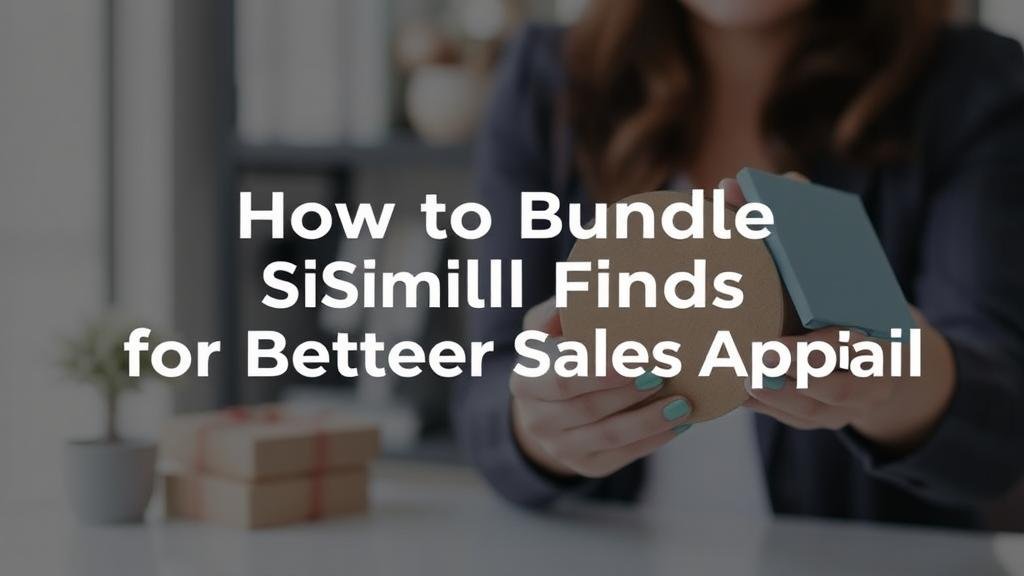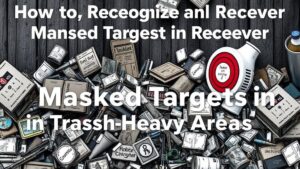How to Bundle Similar Finds for Better Sales Appeal
How to Bundle Similar Finds for Better Sales Appeal
In the competitive landscape of retail and e-commerce, presenting products in a way that appeals to customers is crucial for driving sales. One effective strategy that businesses can employ is bundling similar finds. By grouping related items together, retailers can not only enhance the perceived value of their offerings but also simplify the purchasing process for customers. This article delves into how to bundle similar finds effectively, providing insights, examples, and actionable takeaways.
The Concept of Product Bundling
Product bundling refers to the marketing strategy of selling multiple products as a single package. Bundling can take various forms, including:
- Pure bundling: Products are only available as a part of a bundle.
- Mixed bundling: Products can be purchased both individually and as part of a bundle.
Research from Harvard Business Review indicates that bundling can increase sales by as much as 30%, as it simplifies choices and enhances value perception for consumers. By understanding the nuances of product bundling, businesses can better tailor their strategies to meet consumer needs.
Identifying Products for Bundling
The first step in creating a successful bundle is identifying products that complement each other. This involves analyzing product data and customer behavior. Here are a few strategies to identify suitable products:
- Complementary items: Consider products that enhance one another. For example, coffee can be bundled with pastries, or headphones can be sold alongside audio devices.
- Seasonal themes: Group seasonal items together, such as summer essentials like sunscreen, sunglasses, and beach towels during the warmer months.
- Customer purchasing patterns: Use sales data to assess which items are commonly bought together. For example, if data shows customers frequently purchase running shoes with athletic socks, these can be bundled together.
Creating Compelling Bundles
Once suitable products are identified, the next step is to create compelling bundles. This requires careful considerations, such as pricing strategy, perceived value, and marketing presentation:
- Value perception: Ensure that the bundle price provides a clear discount compared to purchasing items separately. For example, if a customer can buy a yoga mat and water bottle for $50 individually, offering them for $45 as a bundle creates a sense of savings.
- Target audience: Tailor bundles to specific demographics. A beauty retailer might bundle skincare products targeted toward teenagers, while offering an anti-aging bundle for mature consumers.
- Aesthetic presentation: The visual appeal of a bundle matters. Use attractive packaging or create online listings that highlight the items visually to draw in potential buyers.
Real-World Applications
Several companies have successfully implemented product bundling strategies. For example, McDonald’s Happy Meal is a well-known example, offering a combination of a main item, side, drink, and toy that enhances the overall experience for children. This not only satisfies childrens cravings but also provides added value for parents looking for meal options.
In the e-commerce realm, companies like Amazon utilize bundling extensively by offering related products in their frequently bought together suggestions. This strategy boosts the average order value while also improving customer satisfaction through convenience.
Challenges and Considerations
Despite the benefits, businesses should be aware of potential challenges in product bundling:
- Inventory management: Bundling may complicate inventory tracking, requiring dedicated processes to ensure all bundled items are available for sales.
- Customer perception: If the bundle is not perceived as valuable or relevant, it may lead to poor sales performance. Continuous market research is essential to adapt to changing consumer preferences.
Actionable Takeaways
To effectively bundle similar finds for better sales appeal, consider the following actionable steps:
- Analyze product data to identify complementary items that enhance each others value.
- Create bundles with a clear pricing advantage over individual purchases, ensuring customers see the savings.
- Tailor bundles to specific demographics and market segments to effectively reach target audiences.
- Use attractive presentations and clear marketing strategies to promote the bundled offerings.
- Monitor sales data and customer feedback regularly to refine and optimize bundle offerings.
To wrap up, bundling similar finds can significantly enhance sales appeal when executed thoughtfully. By understanding consumer behavior, establishing clear value propositions, and continuously adapting strategies, businesses can leverage this tactic to boost revenue and improve customer satisfaction.



